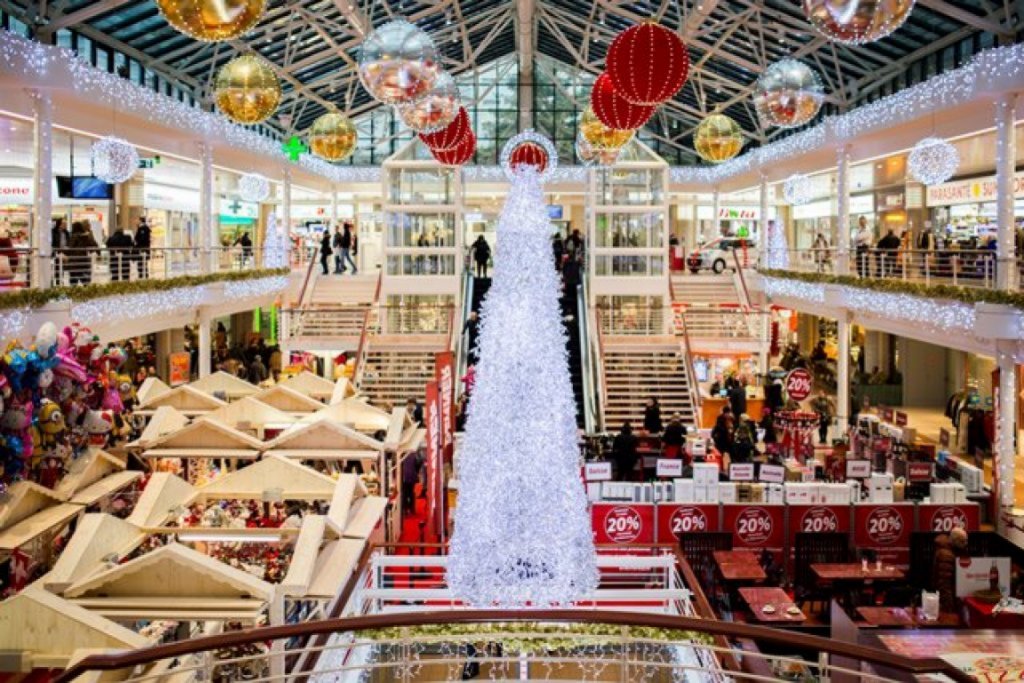The Big Shift in Retail Sentiment

Retail sentiment is shifting in a big way. Many analysts point to the decline of nearly 10% in brick-and-mortar retail since last year as a signal that retail sentiment is down. However, the numbers say consumers are spending and optimistic, while industrial took the place of core assets as the second highest producing markets over the last year. Retail sentiment is shifting; here are 3 things you need to know.
#1: Brick-and-Mortar Retail Sentiment is Shifting Offline
That is, as brick-and-mortar stores are closing, new tenants, investors, and developers are looking at those same properties to play a big part in e-commerce’s booming omnichannel operations. In order to provide same day delivery, retail needs warehouses, distribution centers, and fulfillment centers that are closer to urban centers. The big shift is that brick-and-mortar retail closures are being converted into major offline assets for online retailers.
#2: Online Retail Sentiment Remains High
Consumer spending is up. People are buying retail, just not in physical stores like they used to. According to a report issued by the Census Bureau, overall retail sales ticked up 4.5% this past spring. Brick-and-mortar retail declined by more than 5% while online retail posted an increase of close to 11% over the same period.
That has caused lessees and investors to rethink the space now occupied by former anchor stores in shopping centers across the country. Instead of trying to find the same old cookie cutter stores, retailers are shrinking their store space thereby reducing the rent that they pay. They are then using that smaller space to toy with experiential retail and new multi-purpose storefronts that act as a link in their local delivery chain.
Kroger is experimenting with online ordering and pick-up, just like Wal-Mart and Amazon. The new shift is encouraging smaller actors and mid-sized retail chains to do the same thing. Some retailers have been choosing to close their physical stores and redirect traffic to their online stores.
Yet Forrester Research predicts a close to 15% increase in overall retail sales this year and online retail makes up less than 13% of those sales. Choosing to revamp traditional retail is proving to be a big shift in the way that it is being used to attract new foot traffic offline.
#3: Holiday Season Looking Up for Retail
Retailers have feared that a shift over the all-important Black Friday weekend would lead to more sales online than at their physical stores. Based on consumer sentiment, it appears that those fears have been overblown. Consumers are feeling very optimistic and forecasts all predict increasing retail sales over the coming holidays.
Instead of competing for space online, some are shifting to a comprehensive strategy where their online stores are used to compliment their brick-and-mortar assets and vice versa. By improving the in-person shopping experience and utilizing coupon apps to promote sales events online and offline, retailers are able to increase sales at their physical stores while also improving their position in the online retail space. 2017 looks to see some of the biggest shifts in holiday retail that we’ve seen to date.

